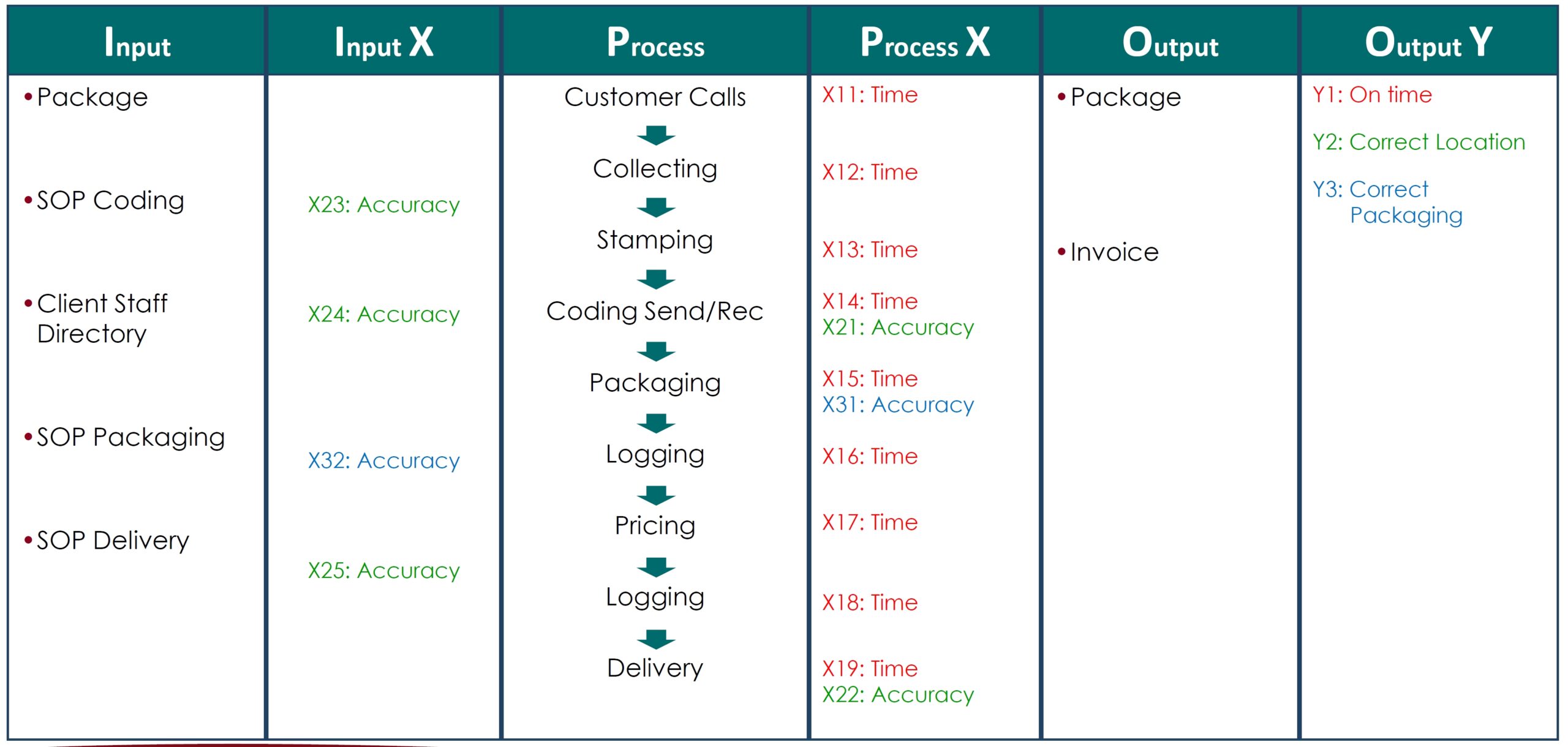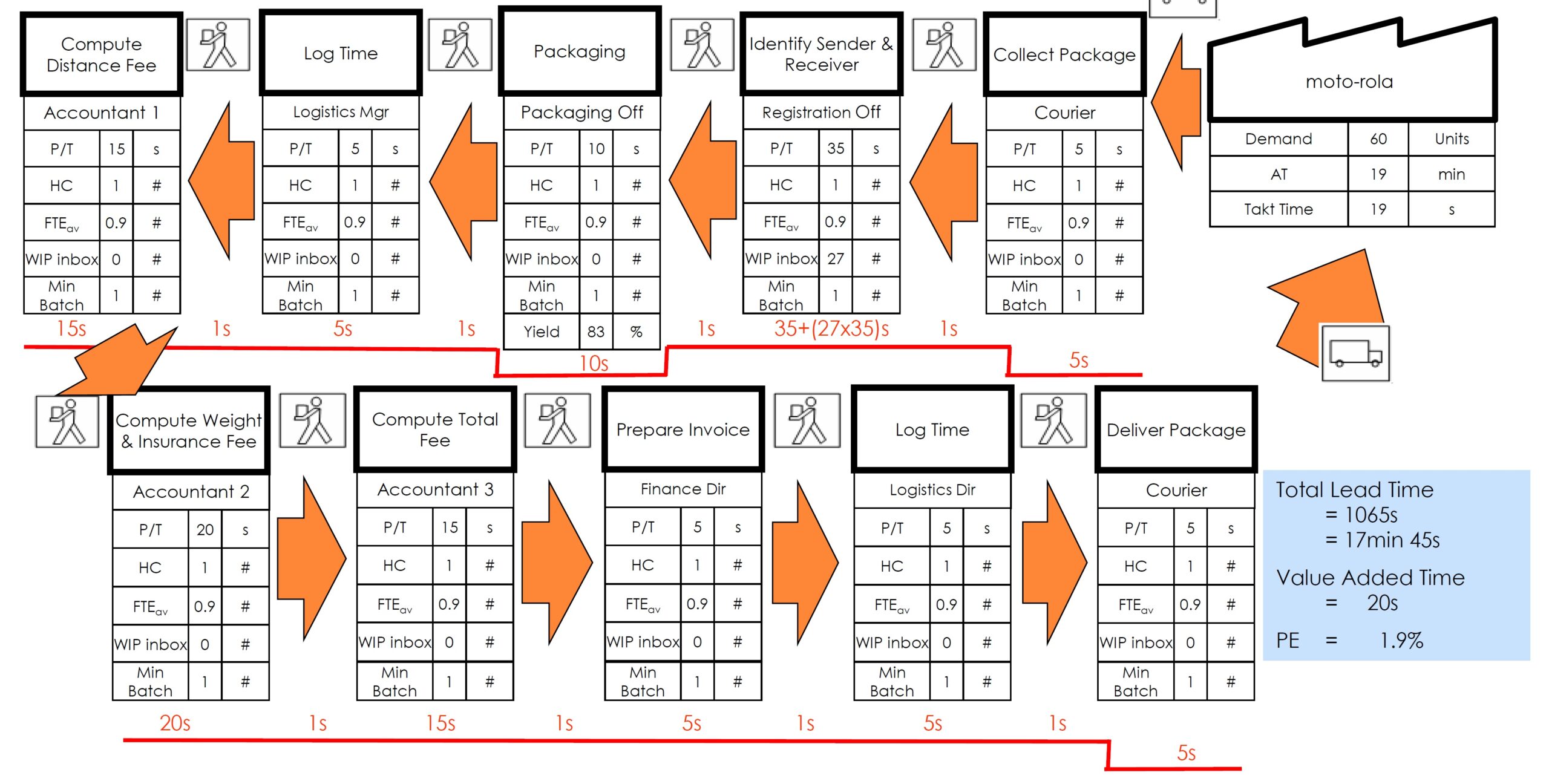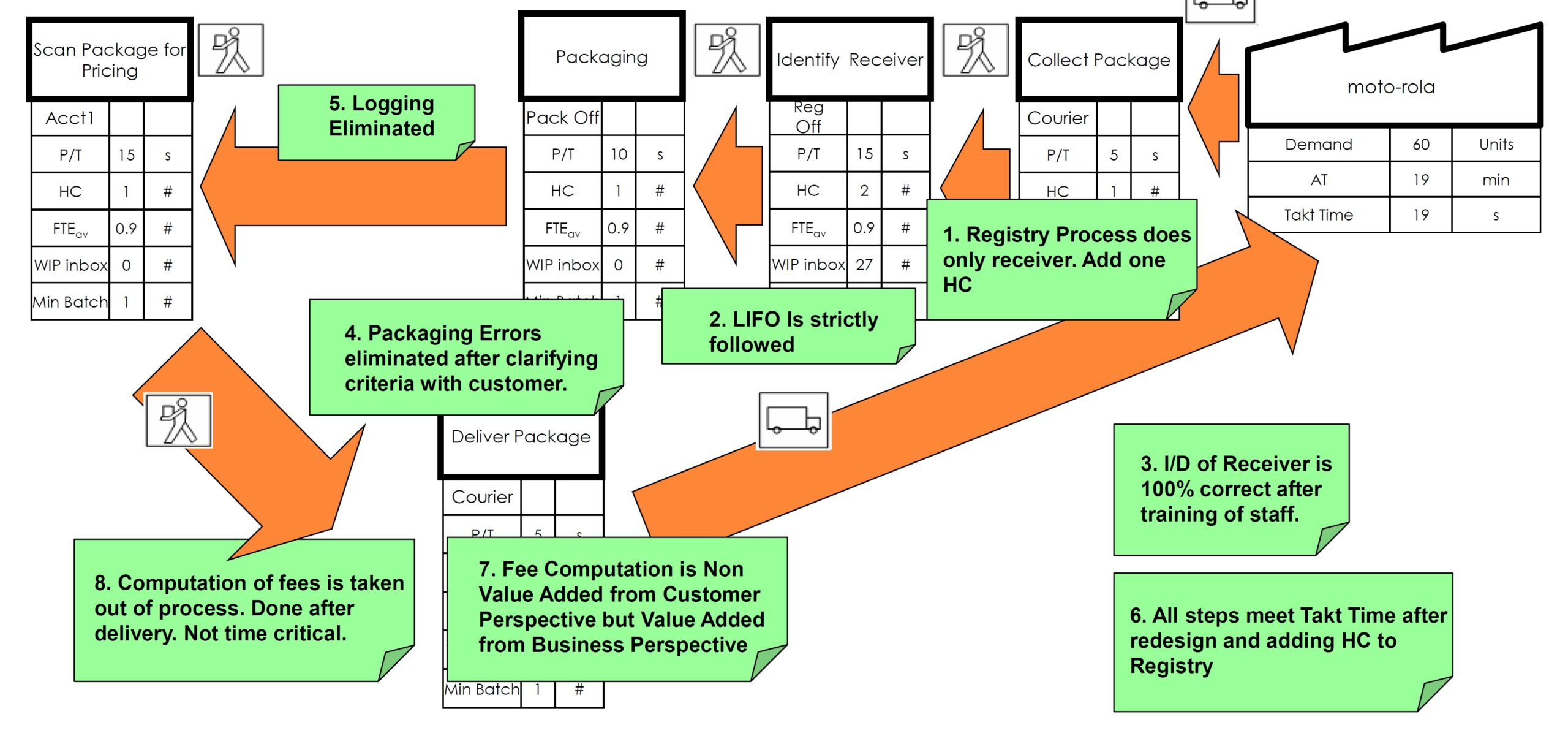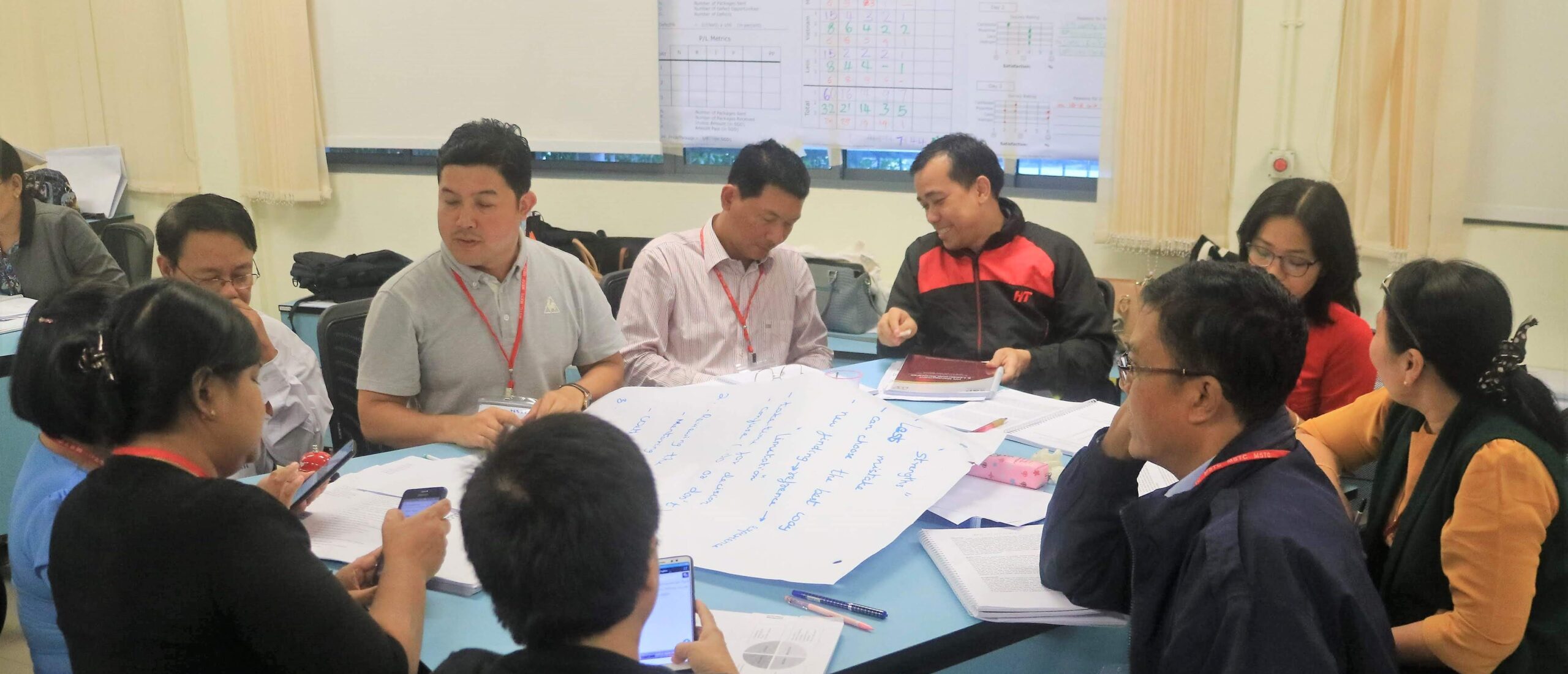The deployment flowchart helps identifying a very prominent driver for waste in a process, process interfaces.
More often than not, organisations lose a large portion of their productivity and efficiency through a lack of communication between different process stakeholders, i.e., when handing-off the result of their own work to the next position. This usually leads to multiple calls or emails for clarification, i.e., rework and even a considerable amount of defects .
This flowchart is usually combined with a value stream analysis to make the results of communication issues even more obvious and measurable.















